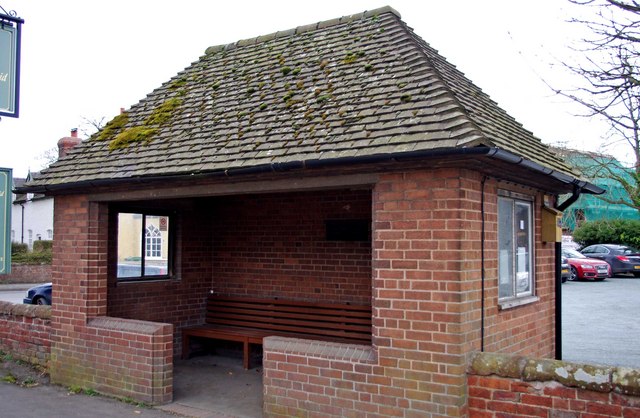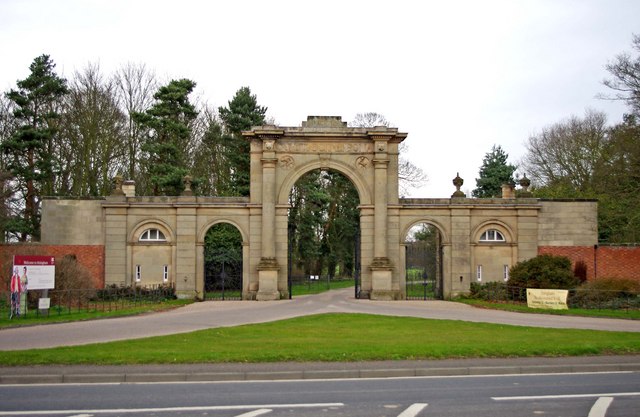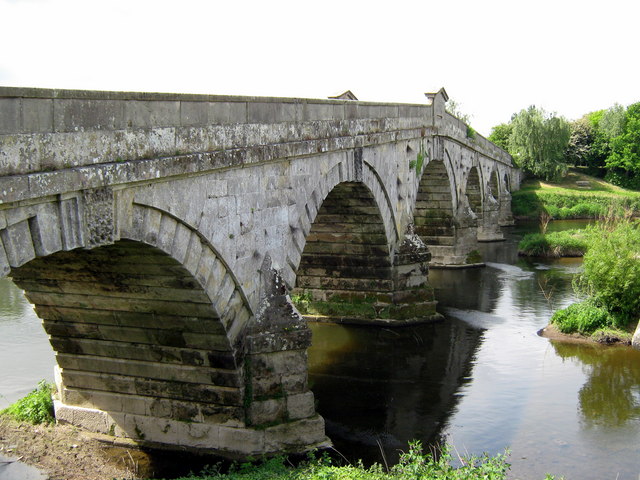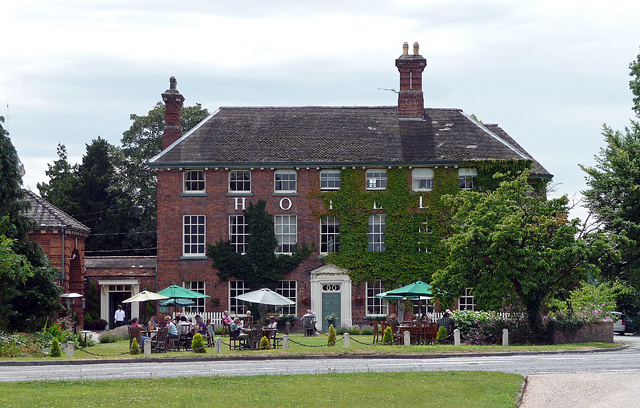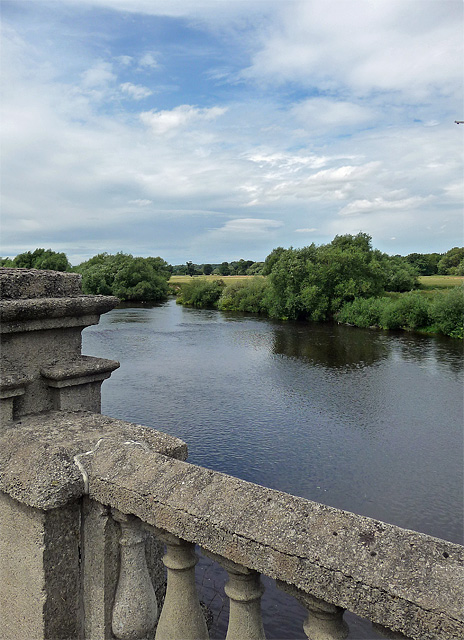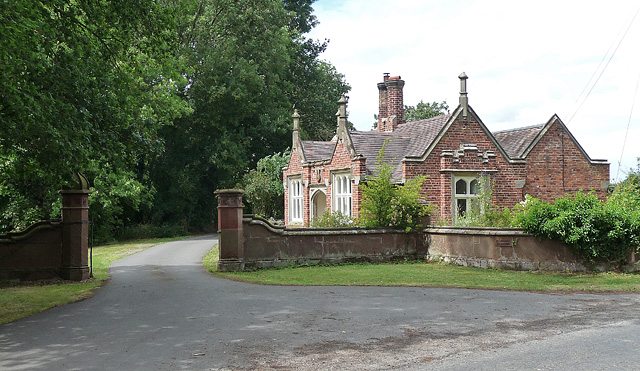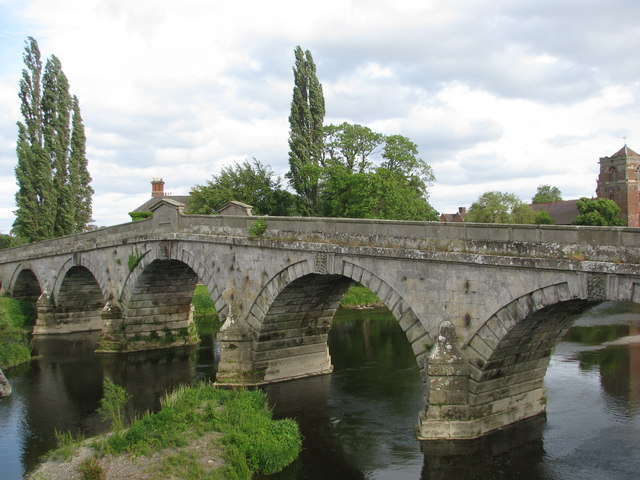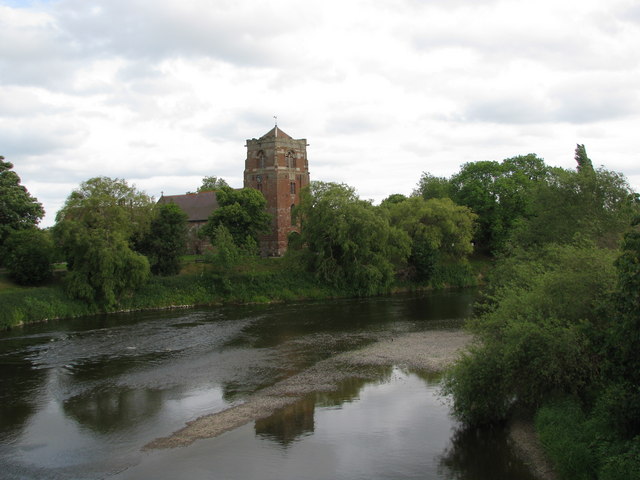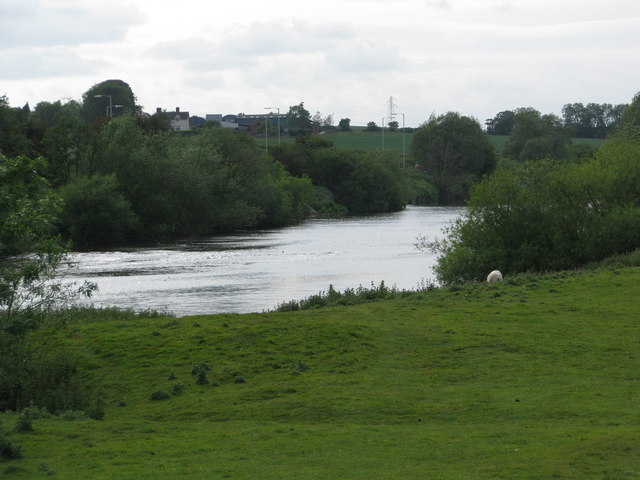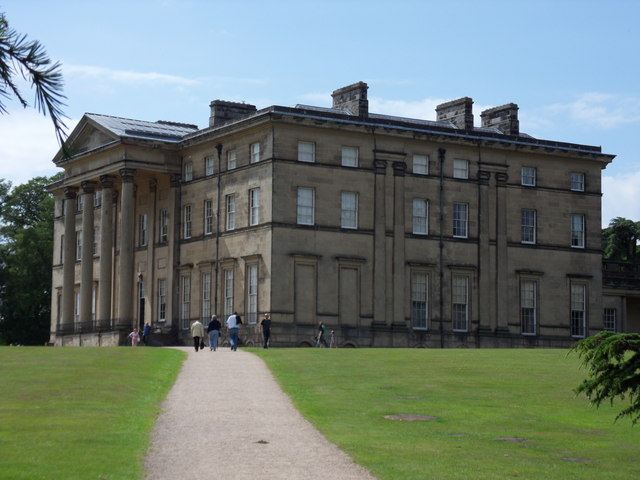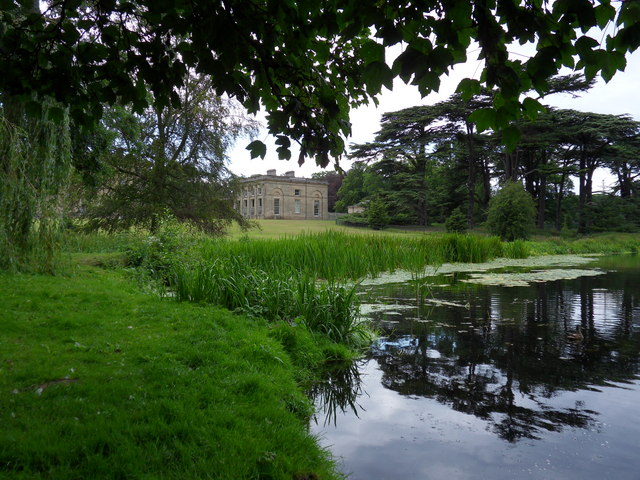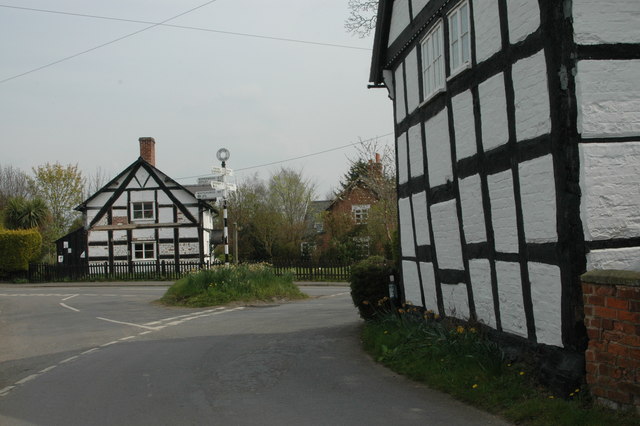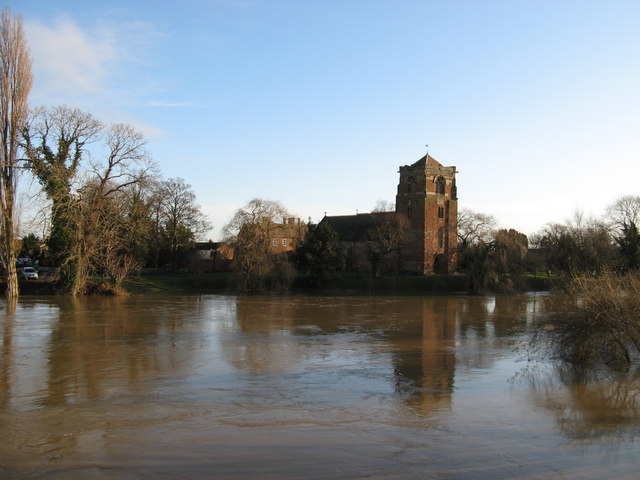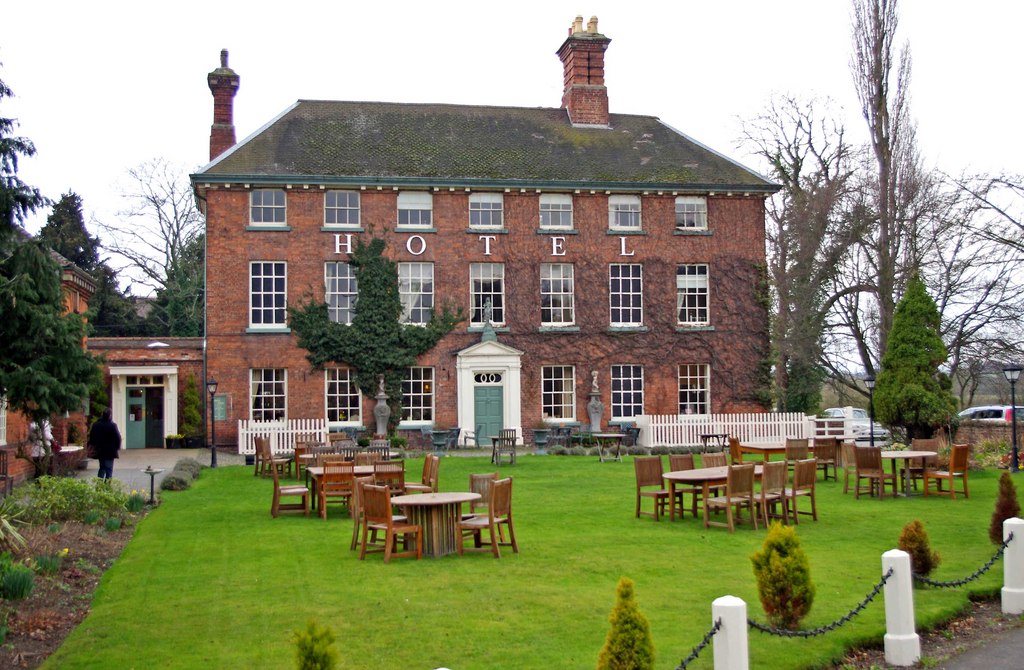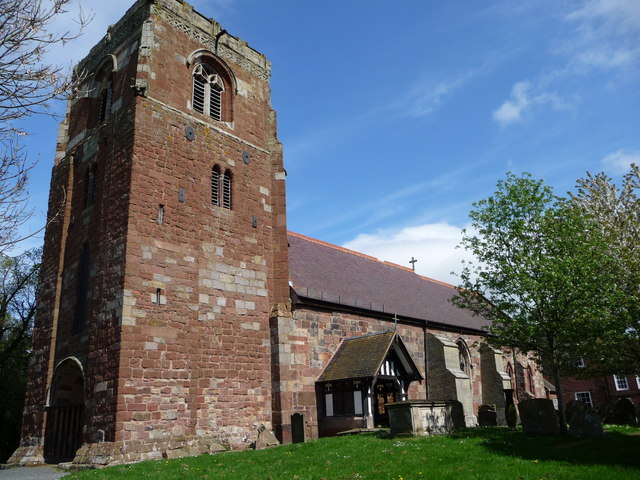Miller's Plantation
Wood, Forest in Shropshire
England
Miller's Plantation
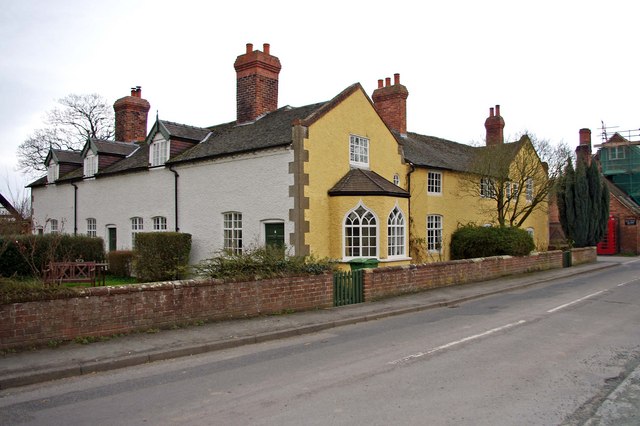
Miller's Plantation is a sprawling woodland area located in the county of Shropshire, England. Covering a vast expanse of approximately 500 acres, it is a truly enchanting destination for nature lovers and outdoor enthusiasts. The plantation is nestled in the heart of the county, surrounded by picturesque rolling hills and verdant countryside.
The main feature of Miller's Plantation is its dense forest, which is primarily composed of towering oak, beech, and birch trees. These majestic giants create a canopy that provides shade and a sense of tranquility throughout the woodland. The forest floor is carpeted with a diverse array of flora, including bluebells, wild garlic, and ferns, adding to the area's natural beauty.
Visitors to Miller's Plantation can explore a network of well-maintained walking trails that wind their way through the woods. These trails offer varying levels of difficulty, catering to both casual strollers and avid hikers. Along the paths, visitors may encounter a rich diversity of wildlife, such as deer, rabbits, and a variety of bird species.
The plantation also features a small river that meanders through its grounds, providing a peaceful backdrop to the idyllic scenery. This water source supports a range of aquatic life, including fish and amphibians.
Miller's Plantation is a haven for those seeking a tranquil escape from the hustle and bustle of urban life. Its untouched beauty and abundant wildlife make it a popular destination for nature enthusiasts, photographers, and those simply looking to reconnect with the natural world.
If you have any feedback on the listing, please let us know in the comments section below.
Miller's Plantation Images
Images are sourced within 2km of 52.692936/-2.6662233 or Grid Reference SJ5510. Thanks to Geograph Open Source API. All images are credited.

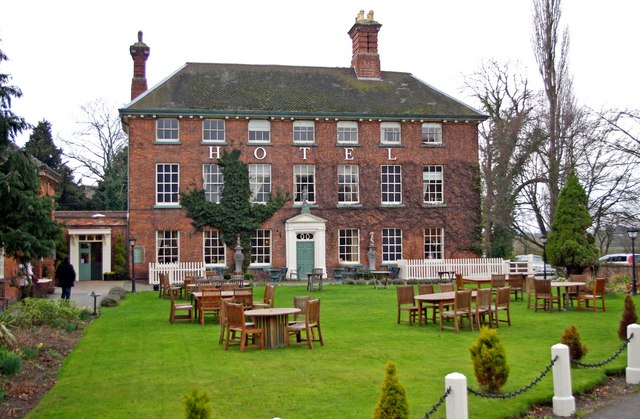
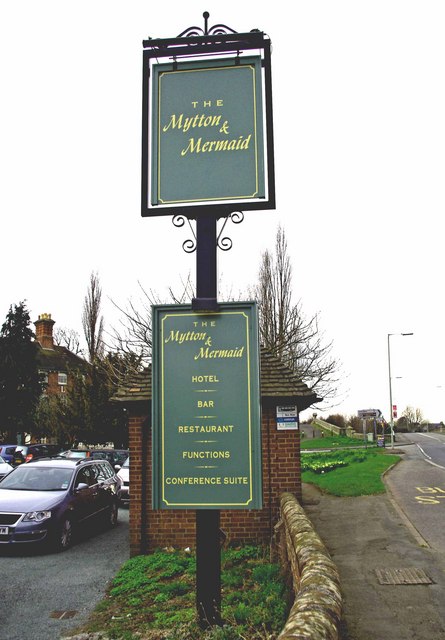
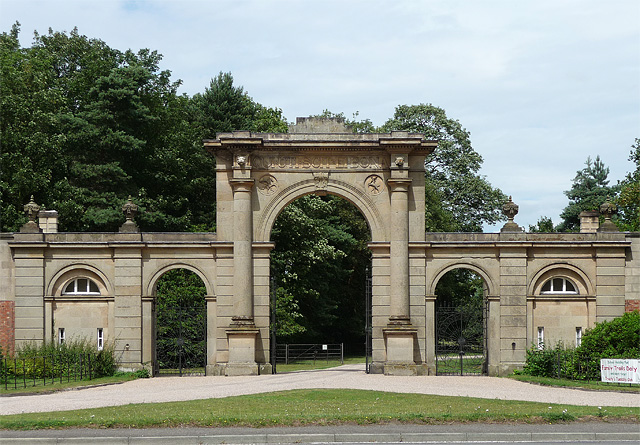
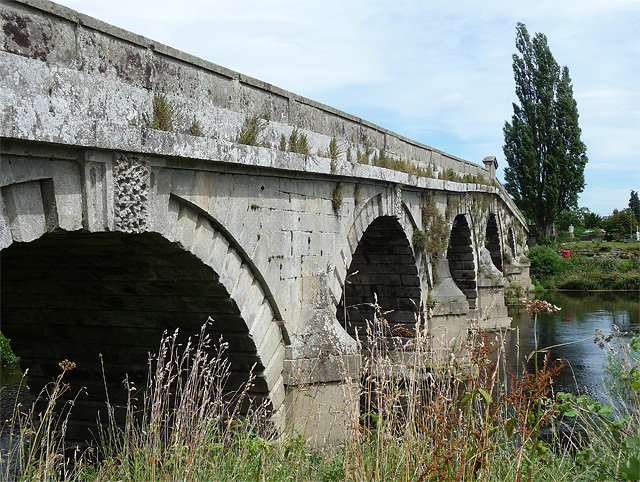
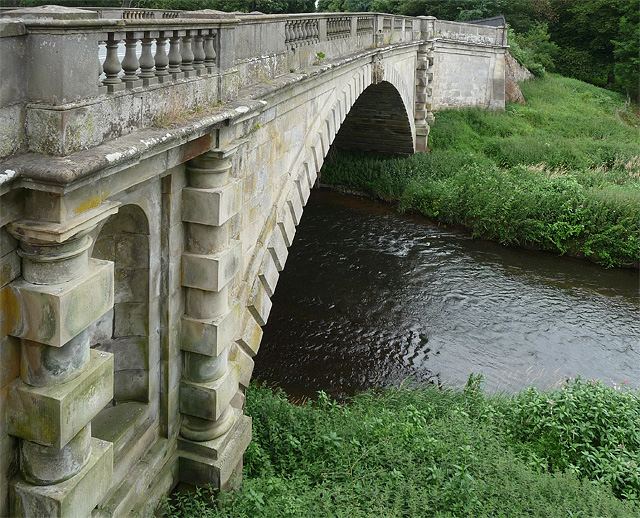
Miller's Plantation is located at Grid Ref: SJ5510 (Lat: 52.692936, Lng: -2.6662233)
Unitary Authority: Shropshire
Police Authority: West Mercia
What 3 Words
///portable.escalates.outfit. Near Withington, Shropshire
Related Wikis
Attingham Park
Attingham Park is an English country house and estate in Shropshire. Located near the village of Atcham, on the B4380 Shrewsbury to Wellington road. It...
Upton Magna railway station
Upton Magna railway station was a station in Upton Magna, Shropshire, England. The station was opened on 1 June 1849 by the Shrewsbury and Wellington...
River Tern
The River Tern (also historically known as the Tearne) is a river in Shropshire, England. It rises north-east of Market Drayton in the north of the county...
Upton Magna
Upton Magna is a village and civil parish in Shropshire, England. (Magna is Latin, meaning "great". Therefore, the translation of Upton Magna is "Great...
Atcham
Atcham is a village, ecclesiastical parish and civil parish in Shropshire, England. It lies on the B4380 (once the A5), 5 miles south-east of Shrewsbury...
Mytton and Mermaid Hotel
The Mytton and Mermaid Hotel in the parish of Atcham, near Shrewsbury, England, is a Grade II listed building. It gained its protected status in 1952.Originally...
Berwick Tunnel
Berwick Tunnel is a canal tunnel located on the Shrewsbury Canal, Shropshire, England, UK. == History == The Shrewsbury Canal connected Shrewsbury to the...
St Eata's Church, Atcham
St Eata's Church is in the village of Atcham, Shropshire, England. It is an active Anglican parish church in the deanery of Shrewsbury, the archdeaconry...
Nearby Amenities
Located within 500m of 52.692936,-2.6662233Have you been to Miller's Plantation?
Leave your review of Miller's Plantation below (or comments, questions and feedback).
